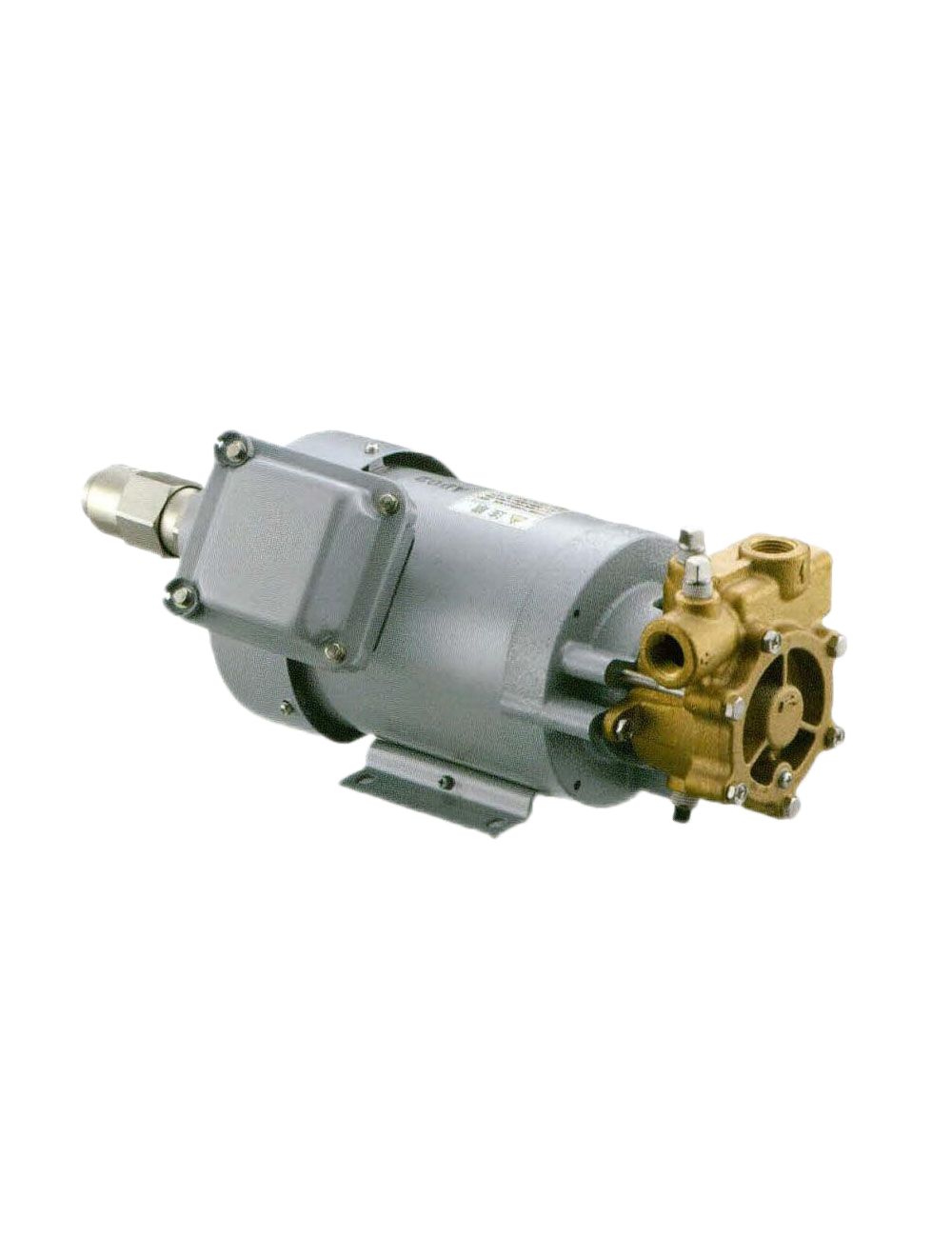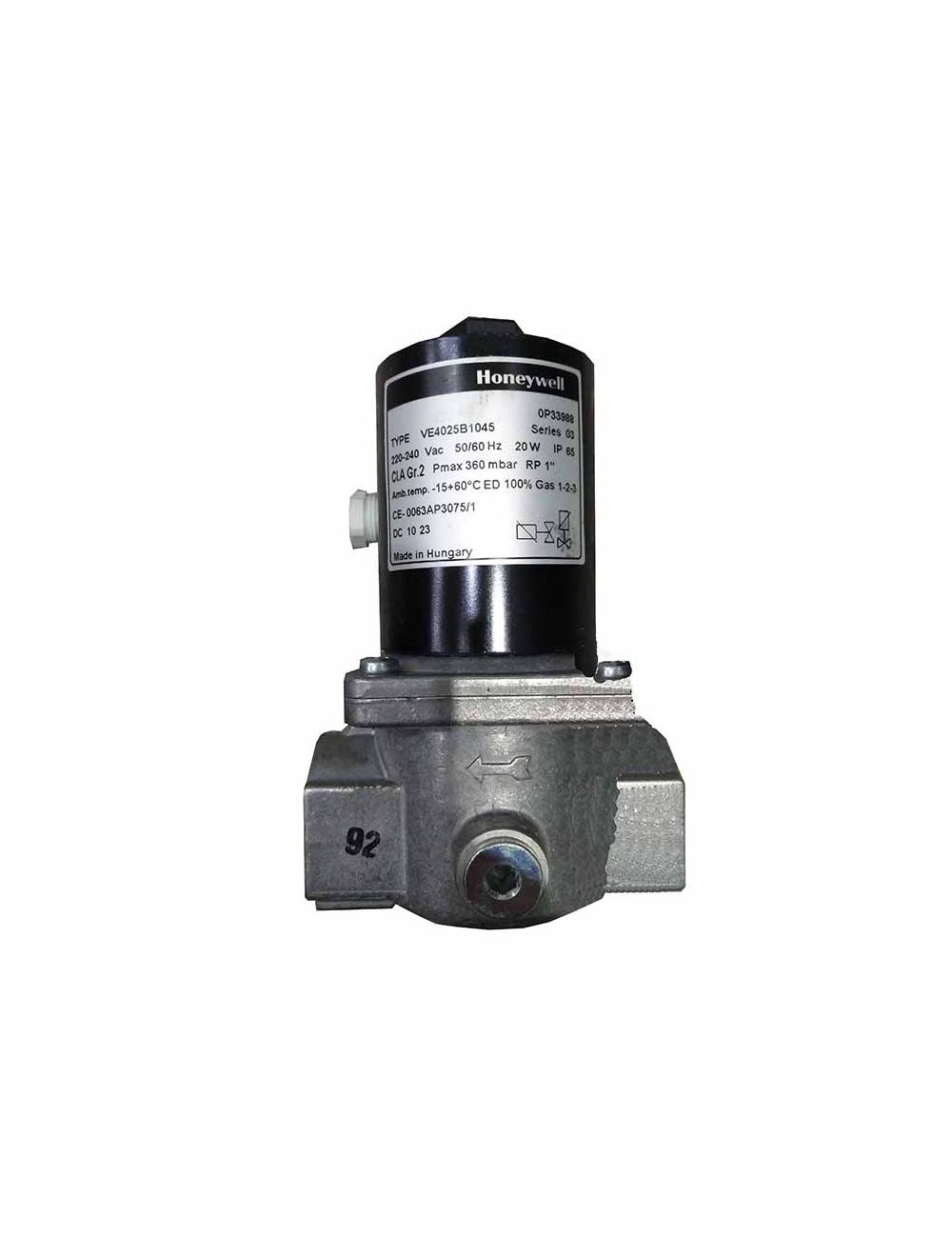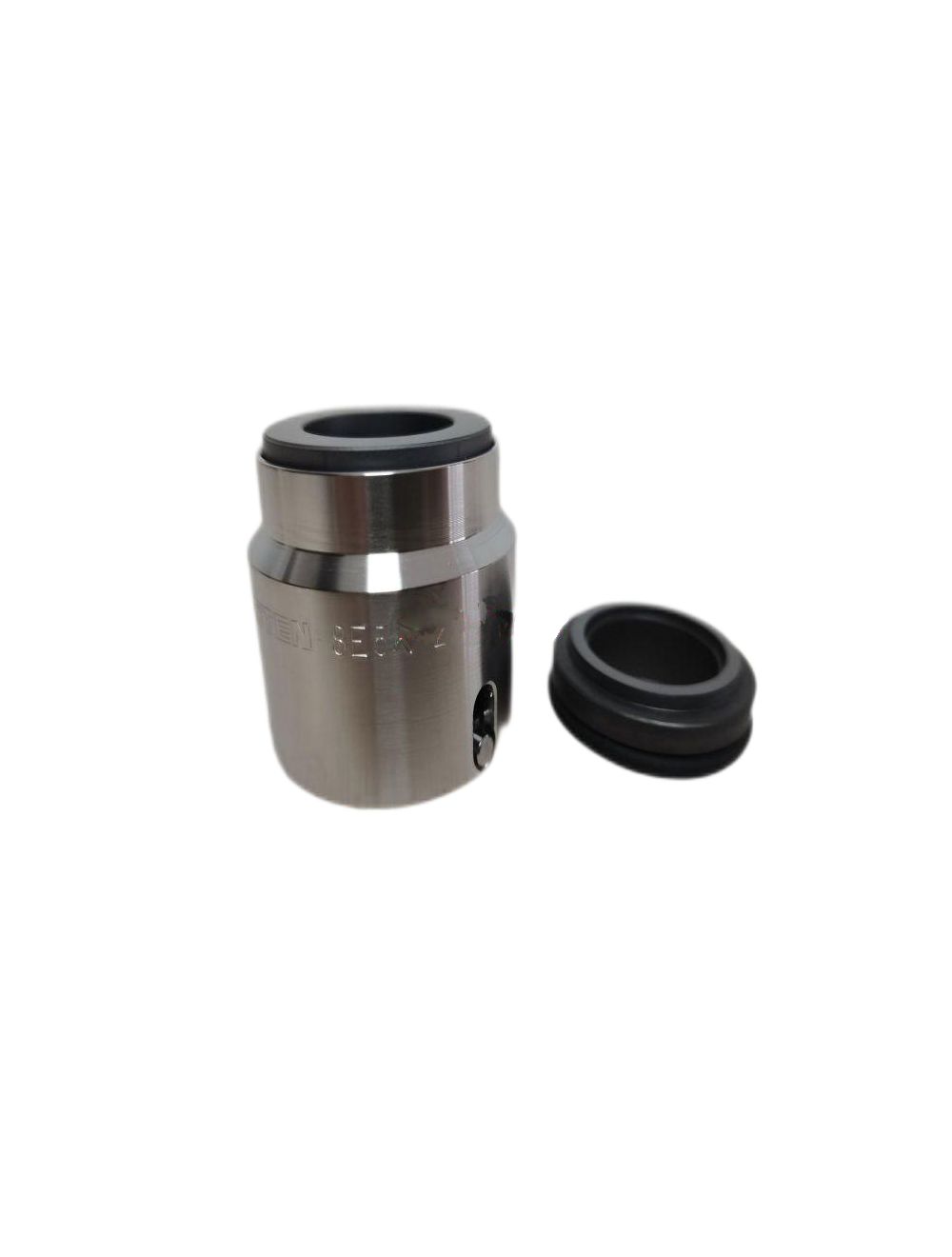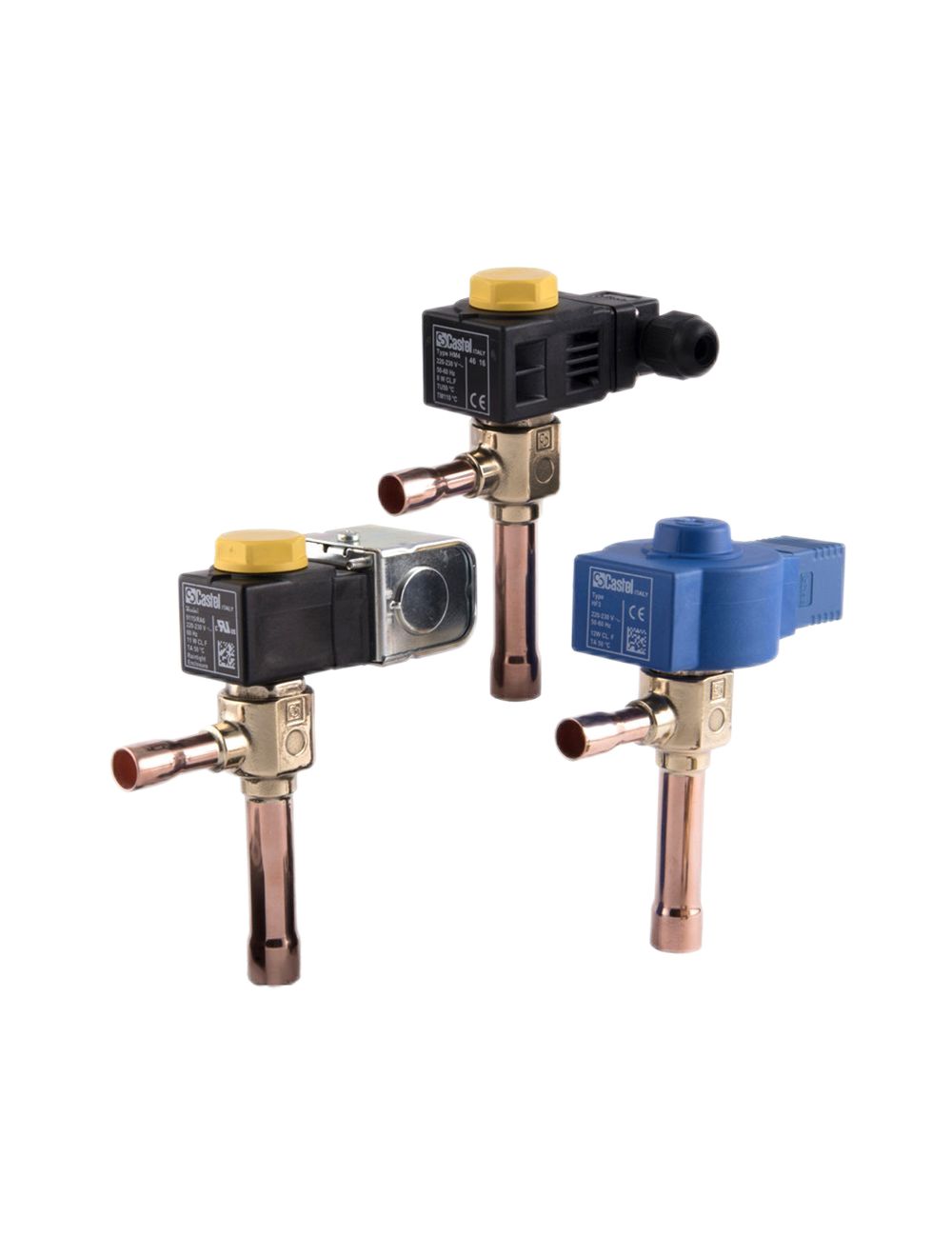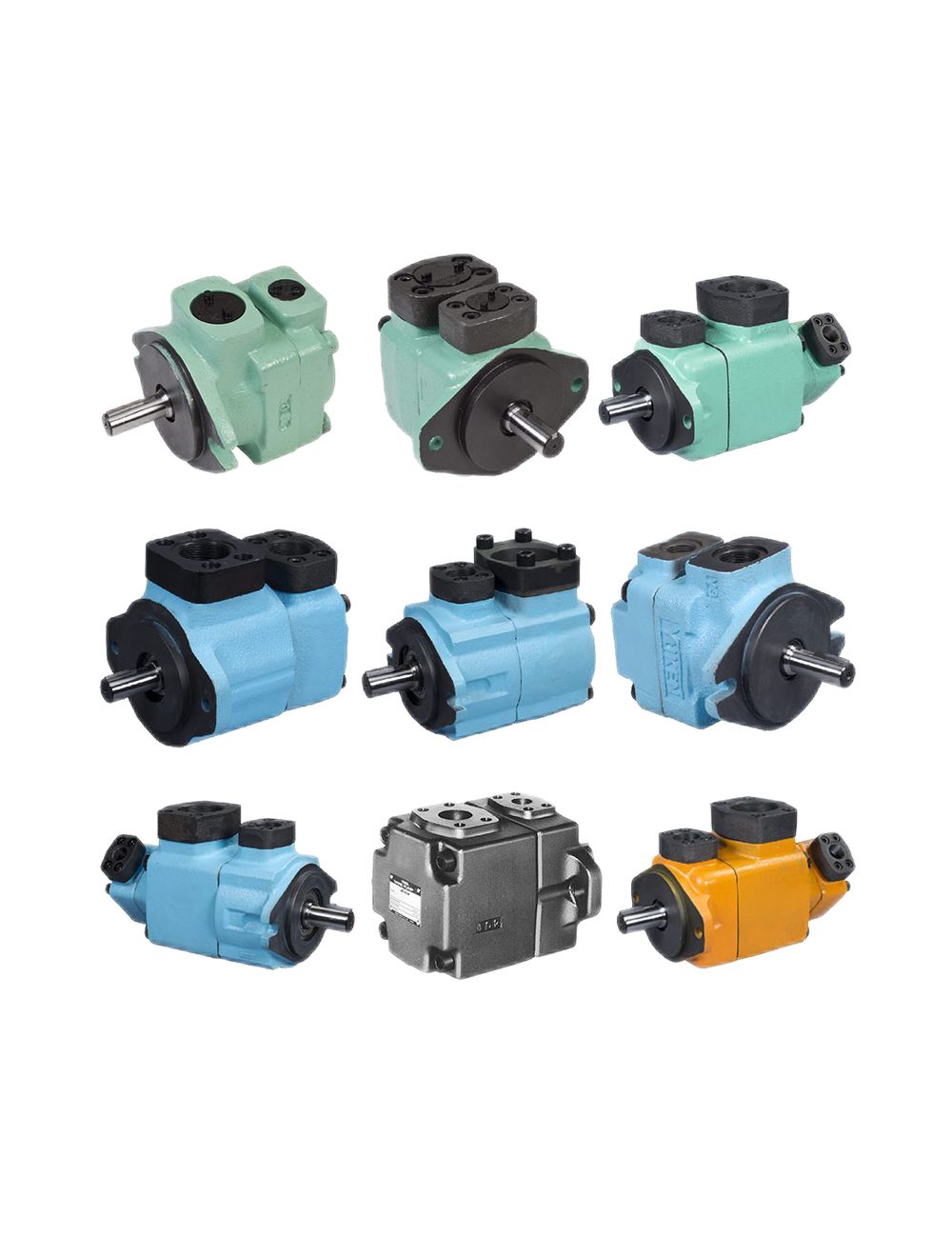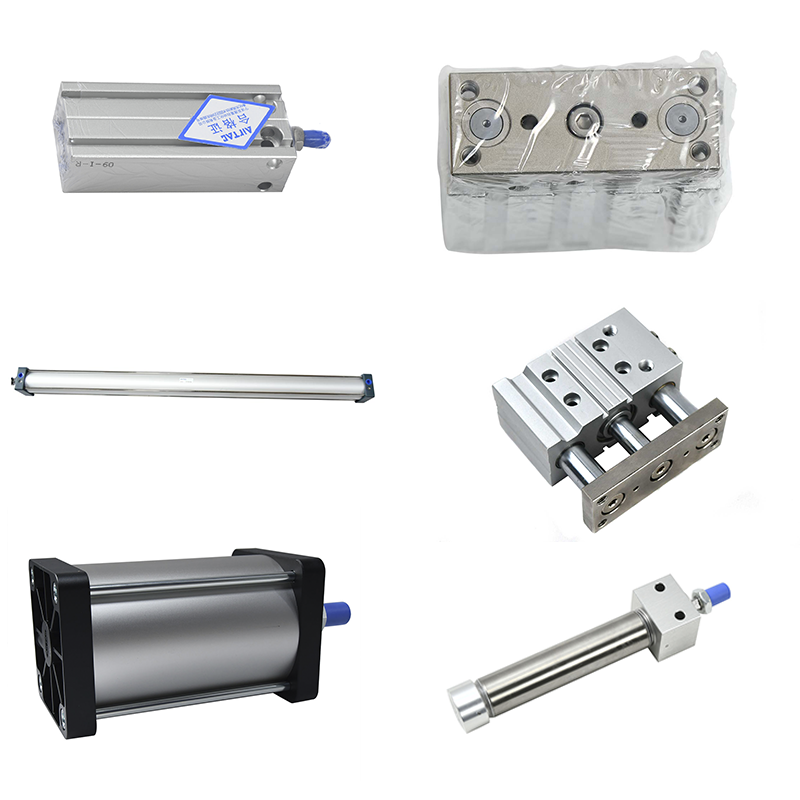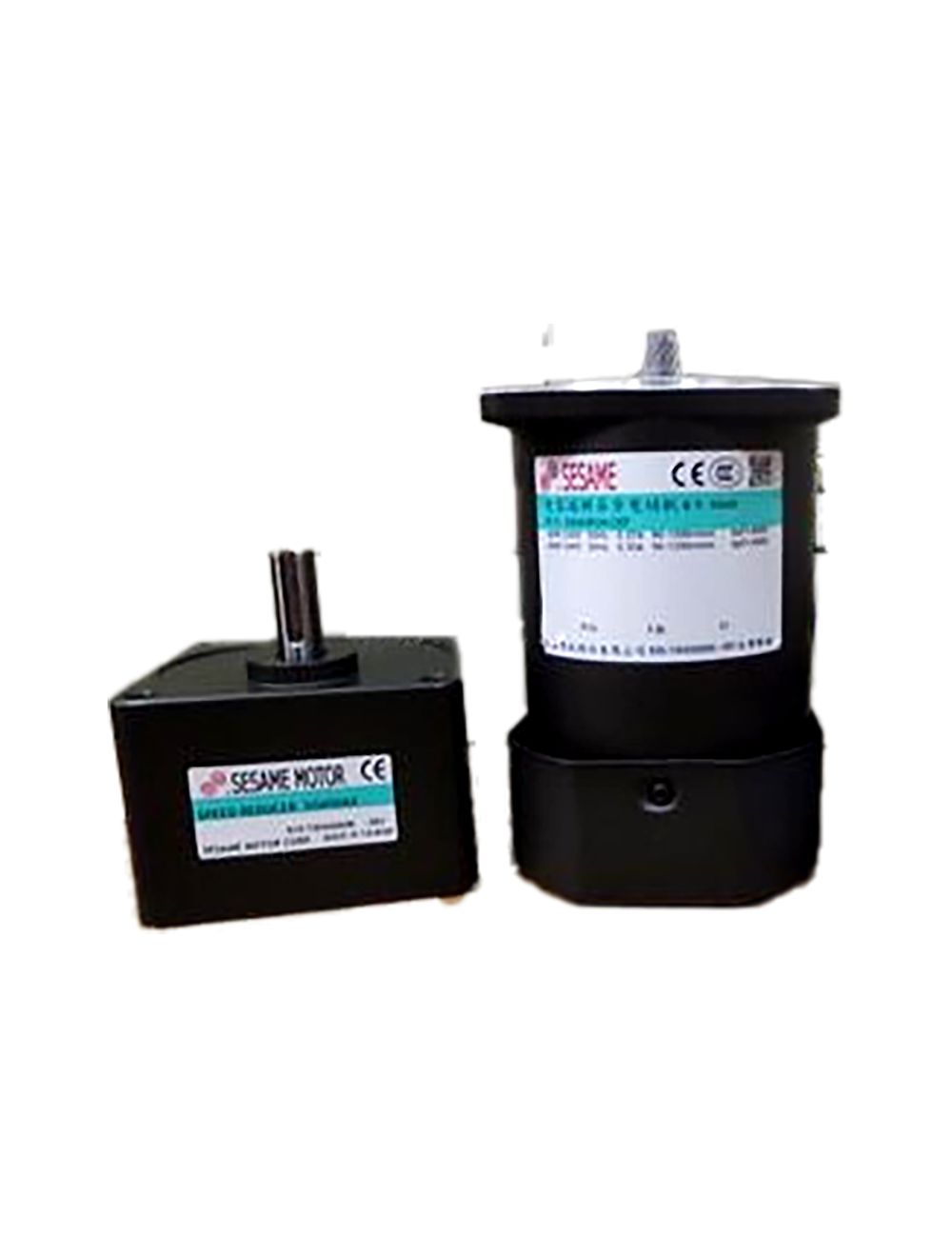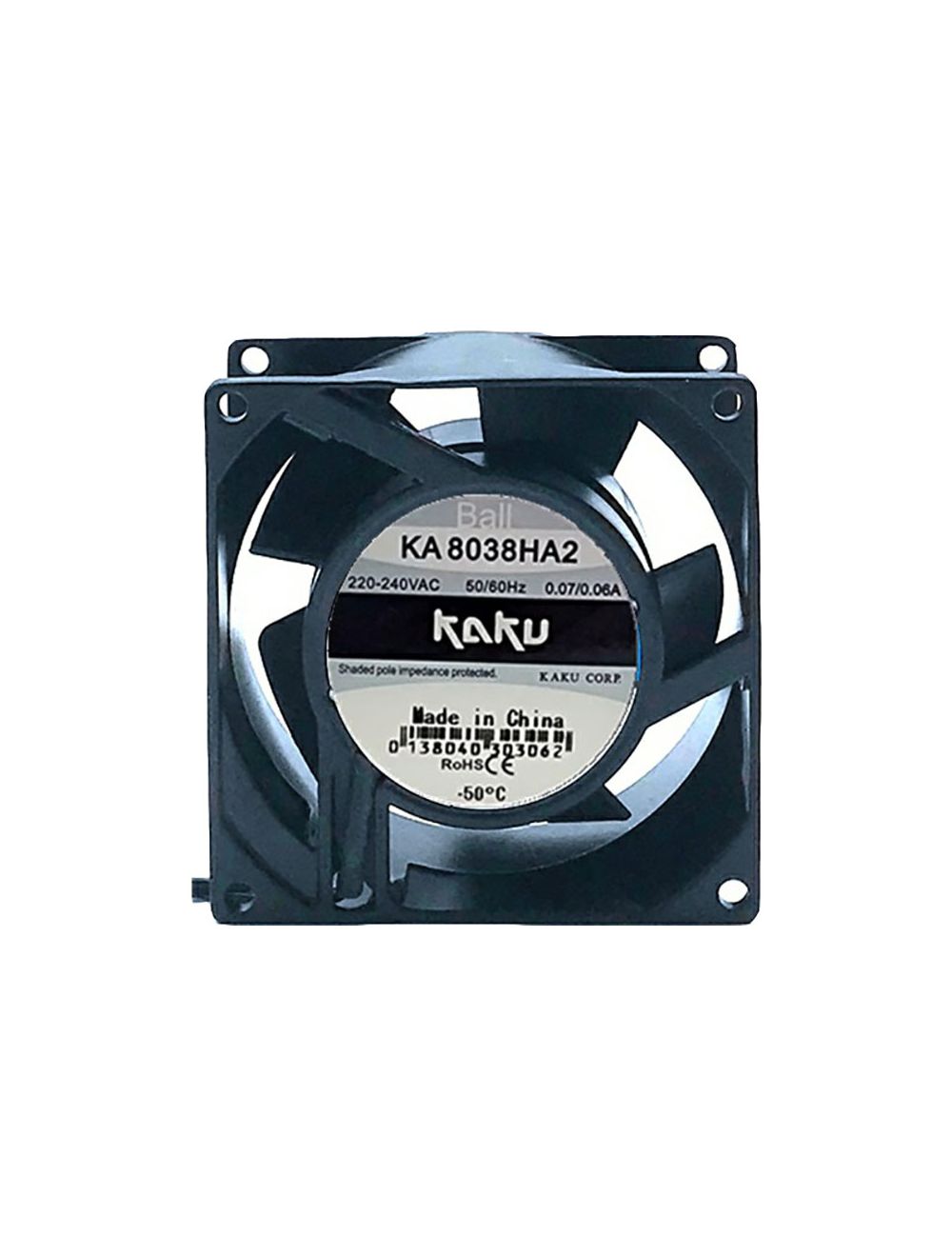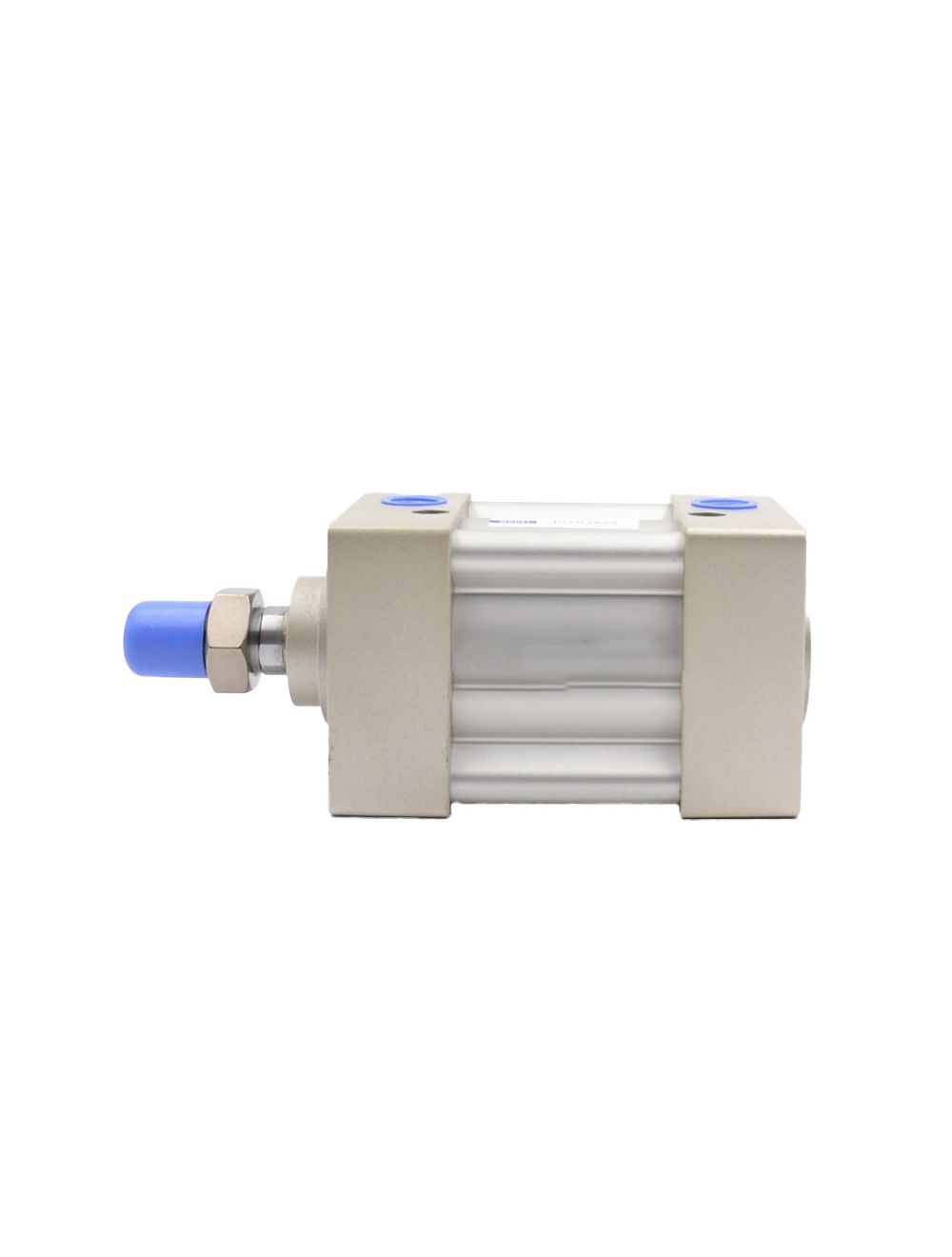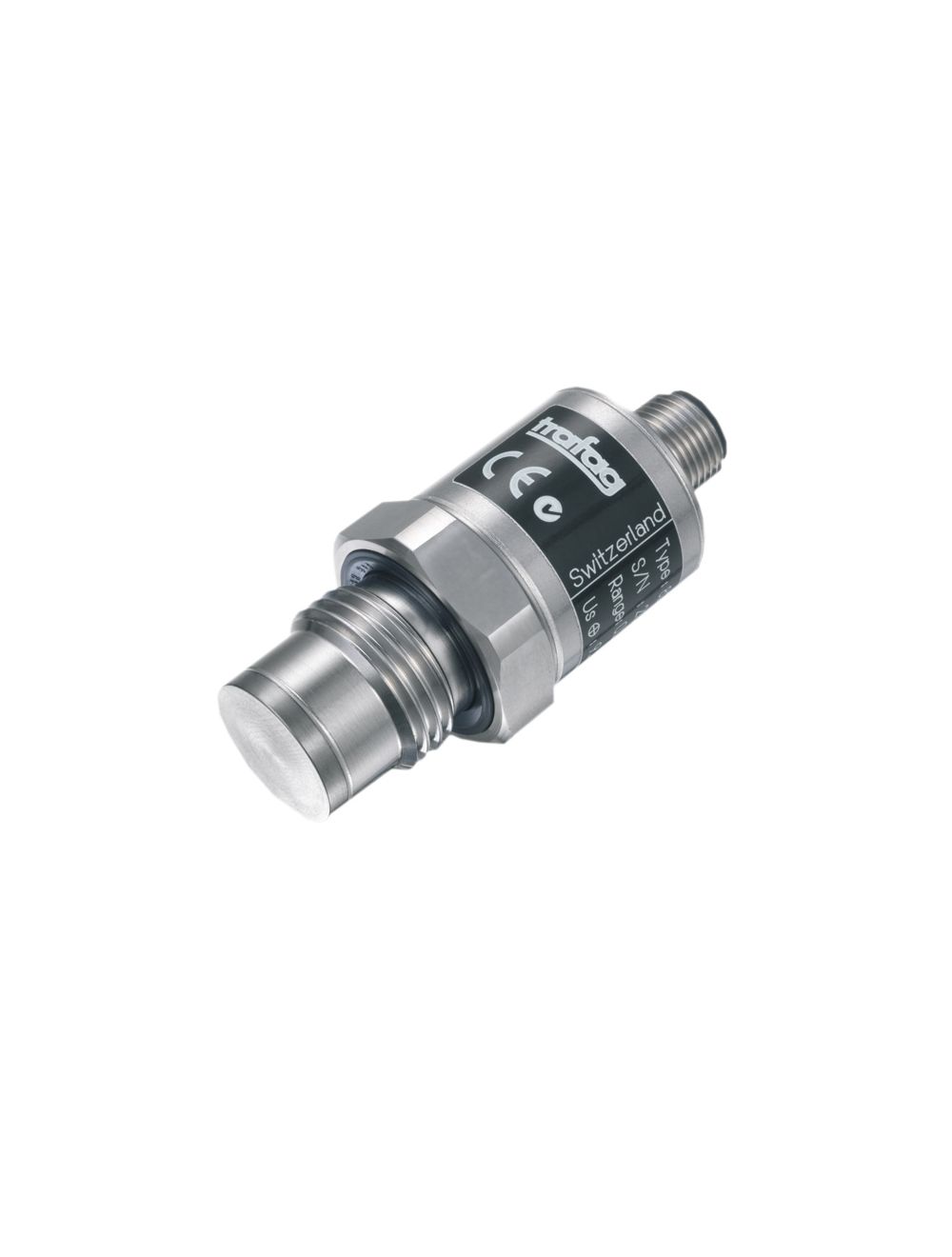
Figure 1: Proportional valve.
1. What It is
A proportional valve provides a change in output pressure or flow in the same ratio as the change in the input, for example if the input doubles then the output will also double. Proportional valves can be interconnected with the output from one being used as the input to another. Many are programmable, with onboard diagnostics
The terms I/P and E/P valves are also used, this relates to the current, I (4 to 20mA) or voltage, E (0 to 5V or 0 to 10V) being used, as the input supply to the coil controls the output pressure. They are also sometimes referred to as electrically controlled regulators.
2. How Does a Proportional Valve Work
We can probably recall the school experiment, where applying a current through a coil creates a magnetic field, in turn attracting (or repelling) magnetic material. This is the basic solenoid principle.
Increasing the current increases the strength of the magnetic field and, in turn, the force of attraction (or repulsion) on the magnetic material. A proportional valve has a geometry to ensure a constant field strength, at a given current, over the stroke of the magnet.
Also, a spring is introduced to counter the force of the magnet; as the spring is compressed by movement of the magnet, the spring reaction force increases until it balances the magnetic force and movement ceases. If the current is increased, the magnet (solenoid) moves further against the spring, until the forces are balanced again. Consider that the magnet is attached to a spool in a valve, the pressure or flow can be controlled in proportion to the current applied to the solenoid.
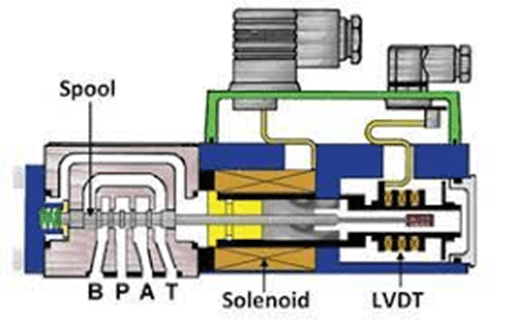
Figure 2: Structure of a proportional valve.
3. Do I Need Anything Else to Make a Proportional Valve Work
Dependent on the type of proportional valve an electric, or pilot air, supply will be required, with appropriate control. Air may need to be supplied at a given quality, requiring the correct filtration.
Feedback sensors are necessary for the valve to control any particular process, for example, pressure and temperature mentioned above. The proportional valve will need to be connected into the system, so fittings and tubing are essential.

Figure 3: How does a feedback sensor work.
4. Typical Applications of A Proportional Valve
Proportional valves are particularly suited to applications where the output pressure or flow is required to vary, either during a process or from one process to the next. They are dependable, cost-effective and give fast response and consistent control. Proportional valves can help reduce cycle times by quickly achieving a stable pressure or flow. Examples of typical applications are:
4.1 Bottle Filling
The proportional valve maintains a constant pressure in the filling reservoir, irrespective of the liquid level. A pressure sensor in the reservoir provides feedback to the proportional valve, ensuring that a constant volume of liquid is transferred to a bottle in a given time.

Figure 4: Bottle filling.
4.2 Furnace Control
The gas supply is regulated by the proportional valve; a differential temperature signal is used as feedback to shut down gas flow when the desired temperature is reached.
4.3 Leak Testing
The proportional valve can apply increasing pressure, at a defined profile, to a given test piece.
Related Info
8 Common Concerns about Magnet PumpsMagnet Pump Troubleshooting: Noisy and Seizing
How to Install a Sump Pump Check Valve: 5 Steps
How To Repair a Pool Spring Flapper Check Valve?

